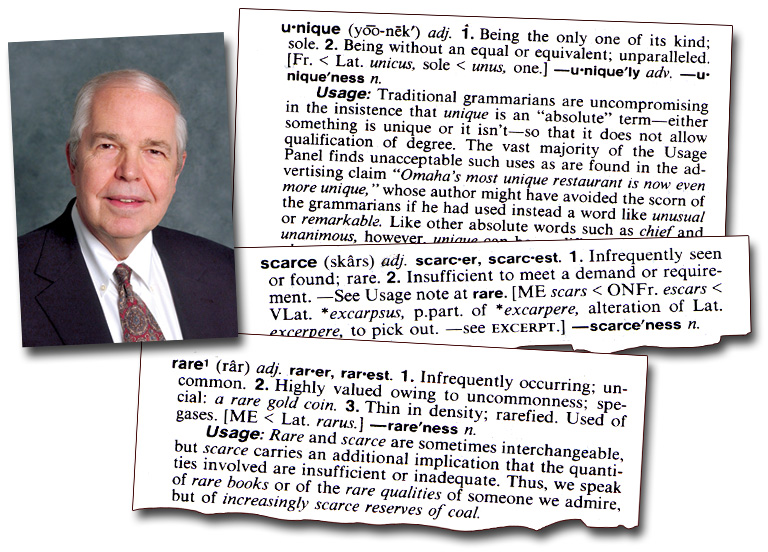
Answer: There are no specific definitions in the trade for “scarce” or “rare,” but the term “unique” refers to a piece of which but a single example is known. In a Coin World column years ago, either Abe Kosoff or Hans Schulman referred to a catalog listing of a coin which, strangely enough, went something like this:
Lot 1. Such and such, unique.
Lot 2. A duplicate of the above.
To my way of thinking, “unique” is a synonym for “only one known.” A coin can be unique in an absolute sense as the 1870-S $3 gold piece is — just one example exists as far as I am aware. Or, the term can apply to uniqueness within a certain condition — the only Uncirculated example of a particular type or variety.
The term “rare” has as many interpretations as a porcupine has quills. My own though is that the term rare is relative and, if properly used, refers to a piece which is seldom seen within a given series. For example, among silver dollars, one can say that such issues as 1889-CC and 1893-S are rare, for they are key issues in the series and are not often seen. However, in an absolute sense they are not super-rarities, for probably at least many hundreds to thousands of these dollars survive.
The term “scarce” likewise has no precise definition, but should be used in a relative sense. Among Proof sets from 1950 to date, some of the early issues such as 1950 and 1951 can be called scarce today, although tens of thousands exist. They are scarce in comparison to other sets made on the order of millions each year.
As for the term “low mintage,” that too is relative. Within the Washington quarter series from 1932 to date, it would be correct to say that 1932-D (mintage 436,800) and 1932-S (mintage 408,000) are both low-mintage dates, simply because they are far and away the lowest mintages within that series. However, the 1845 $5 half eagle has a somewhat similar mintage of 417,099 pieces, but no one would call this a low-mintage date, as for that series it has one of the highest mintages.





